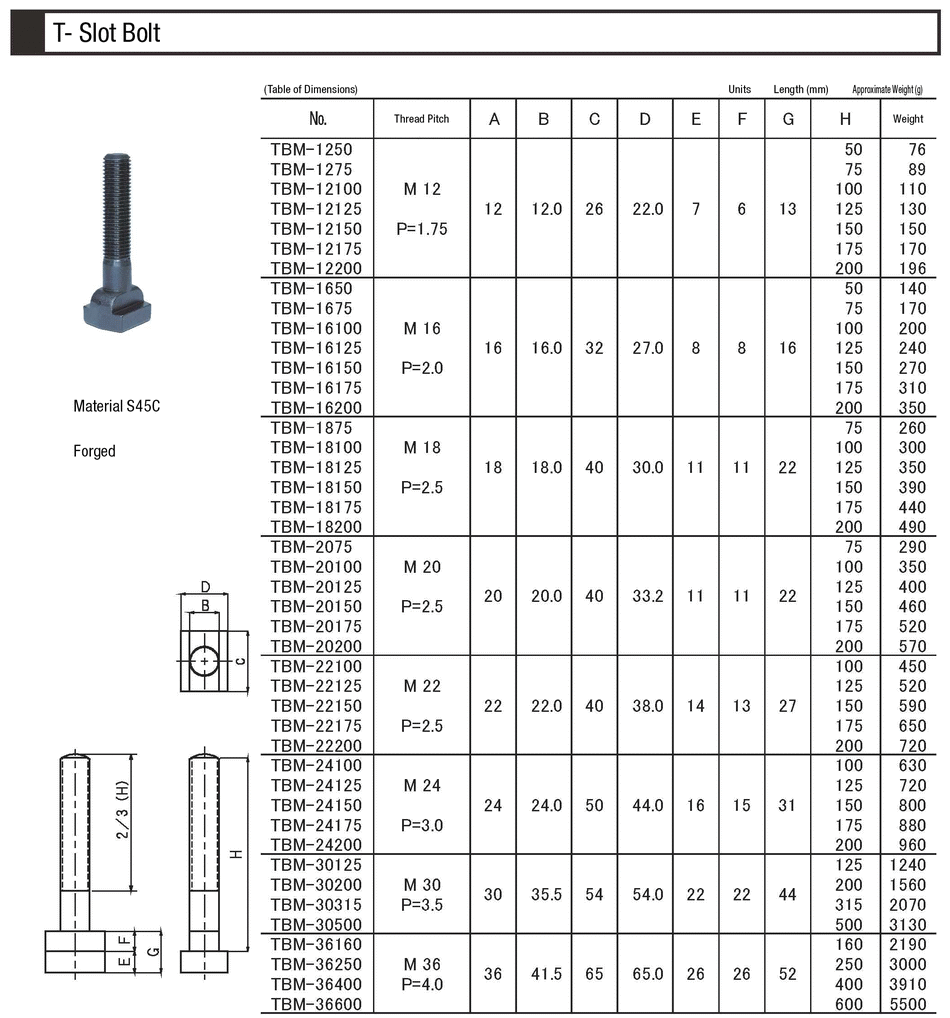Common T Slot Sizes
Engineering Hardware Standards Dimension Table for T-Slots, Bolts, and Nuts per. American National Standard T-Slots ANSI/ASME B5.1M-1985. Width of tongue used with the T-Slots will be found in the complete standard, B5.1M. The most common type of aluminum fastener used to fasten parts together is the T-nut: just drop it into the T-slot and then twist it into a locked position. That is so much easier than welding! But where the real magic happens is in the versatility of our aluminum connectors. BASIC DIA: A Head Diameter: J Slot Width: T Slot Depth; NO.0000: 0.043: 0.008: 0.007; NO.000: 0.064: 0.011: 0.009; NO.00: 0.093: 0.017: 0.014; NO.0: 0.119: 0.023: 0.
You’ve probably noticed that in all homes built since the early 80s, the standard configuration for a receptacle is a large slot on the left, a smaller slot on the right, and a roughly circular hole in the middle underneath the two of them.
You probably know that the center hole at the bottom is the ground wire, but probably don’t know why one slot is larger than the other, or how grounding works exactly.
How Electric Circuits Work
The larger, left slot in a receptacle is neutral and the smaller right slot is hot. In all electric circuits, electricity flows from a point of higher electrical potential to a point of lower potential. The hot wire in a house is the source of electrical potential. It’s the one that will shock you if you touch it, and that’s why we call it hot.
When you plug in an appliance or light bulb, the current flows out the hot side of the plug to the appliance or light, and then back out of the appliance on the neutral wire into the left side of the plug, completing the circuit.
Polarized Receptacles
Remember that in order for an electrical appliance to run, a complete circuit must exist through the appliance. This means a switch could be placed anywhere in the circuit and still prevent the appliance from running. For example, on a toaster, the switch could be placed either before or after the heating wires in the circuit and it would be equally effective. However, it would not be equally safe.
Let’s say that we have a toaster with a switch installed after the heating wires. A piece of bread gets stuck in the toaster and you (unwisely) start rooting around inside of it with a metal fork. Since those wires are electrified (they are connected to the hot wire), as soon as you provide an alternate path for the electrical current to exit–e.g., through the fork, through your body, out your feet to the ground–you get shocked.
Take the same toaster and put the switch before those heating wires. Now, when you go rooting with a form, the wires aren’t electrified at all, and you won’t get shocked.
If it isn’t obvious already, the reason one side of a plug is larger than the other (a.k.a. polarized) is to make sure that the switch inside a device is always in the circuit before the motor or heating wires or other electrical parts. This is a safety mechanism just in case you accidentally provide an alternate exit path for the current.
Stay Tuned
Now you know about polarization. Stay tuned for how grounding works and why we need it.

(photo: oxymoron)
Go back to the home page
Go back to the page above this one “T-slot links”
Standards for T-slots
T-slots come in standard sizes. Needless to say things designed to fit in the T-slots are designed to fit these standard sizes. Similarly, the cutters designed for cutting T-slot are designed to cut standard size T-slots.
fig outline of a T-slot
The key characteristic of a T-slot is its width. Of course this can be metric or imperial

Metric T-slots (all in millimeters)
A b B+ C C+ Hmin Hmax
Common T Slot Sizes Explained
6 11 +1.5 5 +1 13 11
8 14.5 +1.5 7 +1 18 15
10 16 +2 7 +1 21 17
Common T Slot Sizes Diagram
12 19 +2 8 +1 25 20
Imperial T-slots (All in inches)
diam of bolt width of slot depth of throatmax
A
1/4 9/32 3/8 1/8 9/16 1/2 15/64 13/64
5/16 11/32 7/16 5/32 21/32 19/32


3/8 7/16
1/2 9/16
5/8 11/16